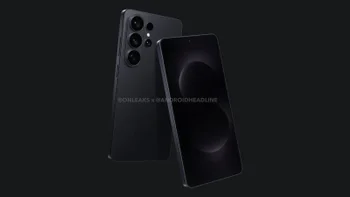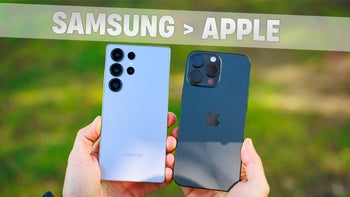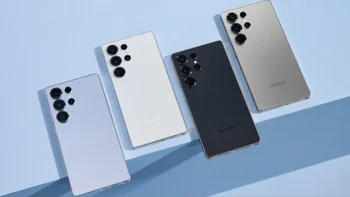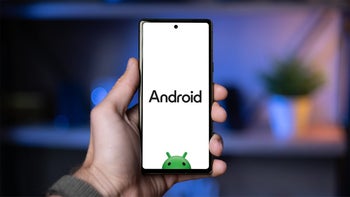Snapdragon vs Exynos vs Apple vs Atom throttling stats confirm 810 is the worst, A8 is top

While we've been following the Snapdragon 810 overheating drama since it unfolded, but there has rarely been a direct comparison between the last few generations in the Snapdragon family, and the rest of the modern mobile chipset gang, like Samsung's Exynos line, Intel's Atom, and Apple's A8.
That's precisely what we need to gauge whether the Snapdragon 810 processor has a tendency to overheat more than the other popular chipsets out there, and such a meta comparison has been delivered. It simply consists of comparing the best to the average and worst scores of phones with the aforementioned processors on the cross-platform Geekbench database.
The phones used for the comparison are HTC One M9 with its first-gen Snapdragon 810 chipset, the Apple iPhone 6 with an A8 processor, Galaxy S6 with Exynos 7420, Note 4 with Exynos 5433/Snapdragon 805, LG G4 with Snapdragon 808, and, finally, the humble Asus Zenfone 2 with its Intel Atom Z3580 chip.
As you can see in the charts below, Snapdragon 810 is the worst offender, with the disparity between the highest and lowest scores reaching a whopping 65%. This means that if you run Geekbench on the One M9, you could hit a pretty respectable score the first time, but on the 5th or 10th run, the phone would have started to heat so much, that savage thermal throttling kicks in. This essentially restricts the cores' peak speed from the default 2 GHz maximums to, say, 1.5 GHz, or even below, which would affect the benchmark performance significantly. We've seen the same thing happen with LG G Flex 2, which also has a first-gen 810 inside, and to a lesser extent in phones with the v2.1 revision of 810, like the Xiaomi Mi Note Pro, or the Xperia Z3+.
Apple's A8 takes the cake here, with very consistent results, showing that is gets throttled only 10% or so from its peak performance results, but that's to be expected, considering that Apple clocks it at the modest 1.4 GHz maximums to begin with. Even Samsung's 14nm Exynos 7420 in the Galaxy S6 can throttle the performance by 42%, while the big surprise is Intel's Atom silicon, which only goes down by 20% or so, despite its 2.3 GHz maximums.
Snapdragon 810 also does worst when best versus average scores are taken into account, and gets a slight redemption only in the GPU throttling comparison, where it goes middle-of-the-road, with Snapdragon 808 taking the worst hit there. All in all, it looks like the first batches of Snapdragon 810 indeed have aggressive thermal throttling to prevent overheating. Qualcomm has somewhat remedied this with the second version of the chipset, but not completely. Naturally, Snapdragon 810 is still powerful enough to run anything you throw at it, even if its processor cores run on less than peak performance, though having a carrier post warnings about certain handsets running it, is not the best of publicities a chip giant could have.
source: MobileDroid.co.uk
Follow us on Google News












Things that are NOT allowed:
To help keep our community safe and free from spam, we apply temporary limits to newly created accounts: